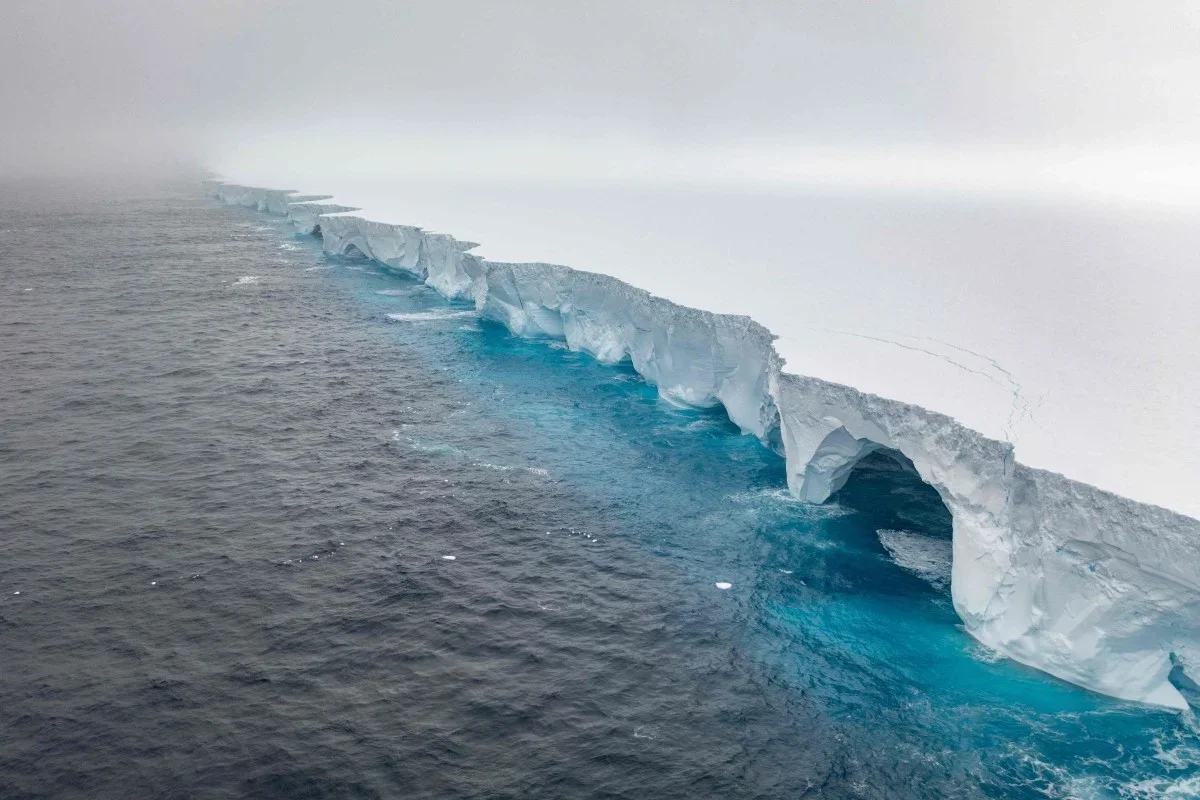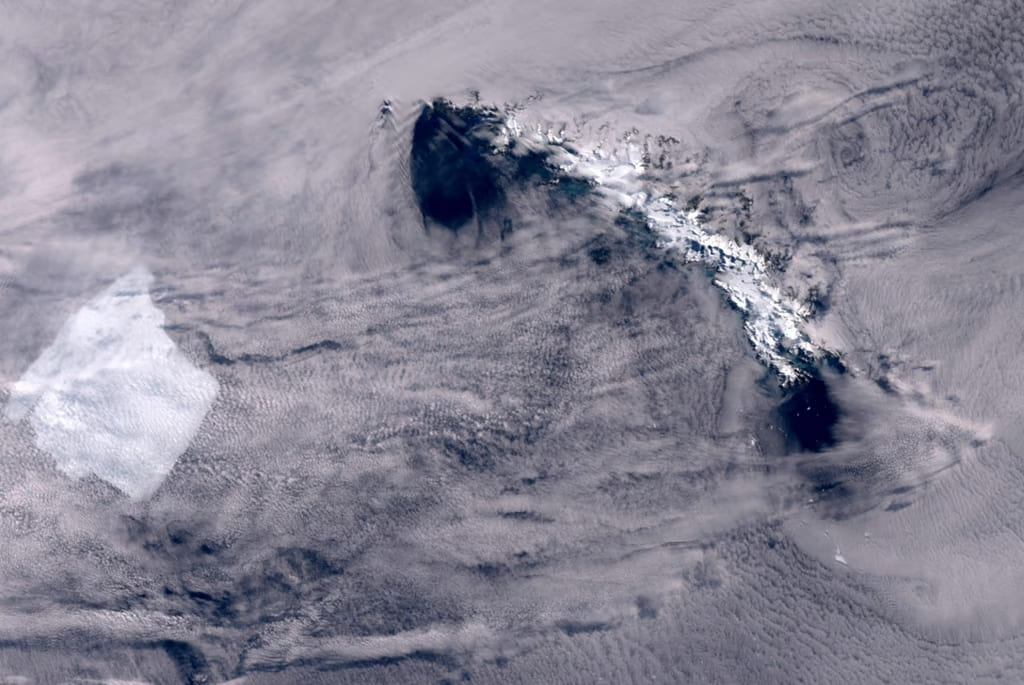
Iceberg twice the size of Greater London runs aground off Antarctica | Travel News
The world’s largest iceberg seems to have become stranded about 70 kilometers (43 miles) from a remote Antarctic island, potentially preventing a collision that could have impacted local wildlife, according to a research organization on Tuesday.
Iceberg A23a, which is more than twice the size of Greater London and weighs nearly a trillion tonnes, has been drifting northward from Antarctica toward South Georgia Island since 2020. This raised concerns that it might crash into the island or get stuck in shallower waters nearby, which could have disrupted the feeding patterns of penguins and seals.
However, the massive iceberg has remained stationary 73 kilometers (45 miles) from the island since March 1, according to the British Antarctic Survey (BAS).
“If the iceberg remains grounded, it is unlikely to significantly impact local wildlife,” said BAS oceanographer Andrew Meijers.
He noted that most icebergs following this path through the Southern Ocean tend to break apart, scatter, and melt within a few decades. Meijers, who observed A23a in late 2023 and has monitored it via satellite, explained that satellite imagery from late February showed the iceberg’s closest edge had stopped more than 70 kilometers from the island.
It remains uncertain whether the iceberg is permanently stuck. “It will be interesting to see what happens next,” Meijers added.
This enormous iceberg, one of the oldest, originally broke away from Antarctica’s ice shelf in 1986. It remained lodged in place for over 30 years before finally becoming free in 2020. Its slow journey north has been periodically delayed by ocean currents that kept it spinning in place.
Earlier satellite images suggested it was not disintegrating into smaller pieces as expected. However, in January, a 19-kilometer (11-mile) section broke off.

Scientists had feared that if the iceberg settled too close to South Georgia, it would force penguins and seals to take much longer routes to find food, potentially leading to increased mortality among their young.
However, in its current position, the iceberg could actually benefit the local ecosystem. “Nutrients released from its grounding and melting could enhance food availability for the entire regional ecosystem, including penguins and seals,” Meijers explained.
South Georgia’s wildlife, particularly seals and penguins, had already faced a difficult season due to an outbreak of bird flu, Meijers noted in January.
The iceberg does not pose a risk to shipping, as its sheer size allows vessels to easily navigate around it. However, as it continues to break apart, smaller but potentially hazardous fragments may force certain areas to be off-limits to commercial fishing vessels, Meijers cautioned.
South Georgia has no permanent human residents and is administered by the UK as a British overseas territory, though Argentina also claims the island, along with the nearby Falklands.
While icebergs of this magnitude are uncommon, they are not unprecedented. Meijers pointed out that two similar icebergs have appeared in the same region over the past five years. He emphasized that the formation and movement of such icebergs are part of the natural life cycle of Antarctic ice sheets.
However, since 2000, Antarctic ice shelves have lost approximately 6,000 billion tonnes of mass, a trend that aligns with the accelerating ice loss linked to climate change.
Last month, researchers warned that a global temperature increase of 1.5 to 2.0 degrees Celsius above pre-industrial levels could lead to enough ice melt to raise sea levels by several meters, possibly reaching an irreversible tipping point.
In 2023, which set new temperature records amid widespread wildfires, floods, and storms, the average global temperature exceeded the 1.5-degree Celsius threshold for an entire calendar year for the first time.
